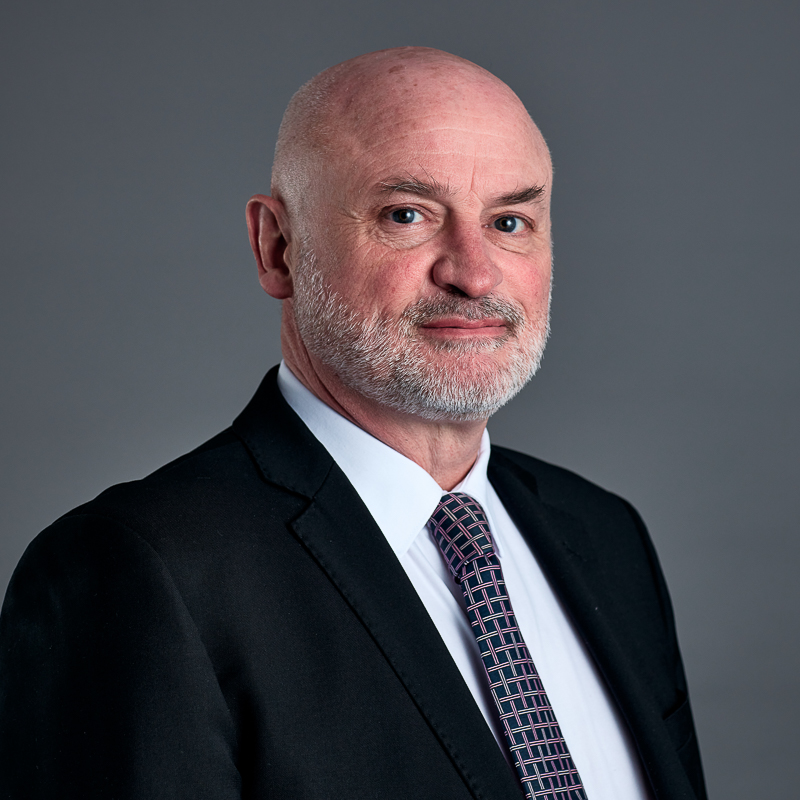I blogged on law and practice in relation to fundamental dishonesty in January 2021, and now update that blog with further dispatches from the front line. The Incidence of Fundamental Dishonesty: An Unscientific Snapshot of 2022 In order to have a sense of how my own experience was mirrored by colleagues in Ropewalk Chambers, I conducted a…
Paris: Match Postponed
Last month nothing happened and that matters.
The International Conference on Concussion in Sport (organised by the Concussion in Sport Group) is a key meeting at which, on a broadly quadrennial basis, a group of approximately 40 experts explore and review the developments in sports related concussion injuries. The 6th Conference was due to take place in Paris over the last week in October 2020 but, on account of COVID-19, has been re-scheduled a year from now.
Following the 1st Conference, which took place in Vienna in 2001, the Group’s Consensus Statement was published, providing recommendations for the improvement of health and safety of athletes who suffer concussive injuries in rugby, football, hockey and other sports. The Statement has been updated and revised following each subsequent Conference (the latest version can be read here) and the current Side-line Concussion Assessment Standard (SCAT5) was updated following the 5th Conference, which took place in Berlin in October 2016.
It is noteworthy that the Group’s previous Statement reached the consensus that a cause and effect relationship between chronic traumatic encephalopathy (CTE) and sports-related concussion had not yet been demonstrated. Whether that consensus will hold now falls to be reviewed in October 2021 in the face of a tension between that ‘2016 consensus’ on the one hand and large settlements that have been reached in some arenas (both sporting and jurisdictional) on the other – latterly, in 2018, the National Hockey League settling group litigation involving 300 former players for close to $19 million. The passage of four, soon-to-be five, years has seen, and will see, advances in medical diagnostic techniques (both in terms of scanning and biomarkers) and more nuanced or sophisticated forms (actual or asserted) of diagnosis.
In this connection, we shall periodically draw the attention of readers of this Blog to what comes up on the radar as matters unfold over the next 12 months and beyond.
Recent Posts
In Fawcett v TUI UK Ltd [2023] EWHC 400 (KB), Dexter Dias KC, sitting as a Deputy High Court Judge, considered an application by the Claimant to exclude the Defendant’s expert evidence in a personal injury trial. The application was dismissed. Background The Claimant sued the Defendant as administratrix of the estate of her late husband Mr…
This blog reviews the High Court decision in Barry v Ministry of Defence [2023] EWHC 459 (KB) and the ongoing uncertainty surrounding the application of the Moore et al. Guidelines for Diagnosis and Quantification of Military Noise-Induced Hearing Loss. Those who practise in the field of noise induced hearing loss (“NIHL”) are waiting with bated breath for some authoritative…


